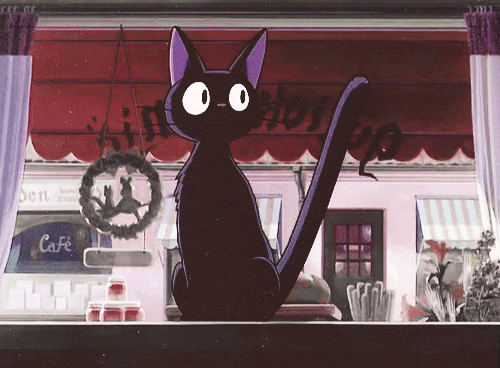What do you think?
Rate this book


256 pages, Hardcover
First published October 1, 2019

‘I simply spoke in a way that I would be liked within whichever community I happened to be in. I responded to wherever I was in order to adapt to it.’
‘It’s just that thirty years ago a completely different sense of values was the norm, and I just can’t keep up with the changes. I kind of feel like I’ve been betrayed by the world.’
‘I was totally absorbed in my newly discovered wild animal existence…Since the night when I’d realized that the noises humans emitted had first been animal cries and then called language, I’d been able to listen to them purely as sounds.’
“What could be more normal than making people into clothes or furniture after they die?”
“Sanae quietly gripped the plastic bag in her hand, thinking of all the excrement filling Emiko's body.”


"Normal is a type of madness, isn’t it? I think it’s just that the only madness society allows is called normal."
‘When you eat something someone makes for you, it means you believe in the world they live in, right? Even if people have fun hearing about your world, putting it into their mouth is another matter – there is no way I can eat it unless I believe in it –. It’s only when we believe in the person who makes it that we’re able to put weird stuff in our mouth.’
‘It was tiny, less than one tatami mat in size, and looking out through the glass gave the sensation of being a goldfish in a bowl.
I blew out smoke from the cigarette I’d cadged from him. We chatted in the white fog we created from the smoke, gazing at the clear world outside.’
‘Nobody mentions the person inside the cartoon-character costume, do they? Everyone’s lying a bit. That’s what makes it a dream country. Our world isn’t any different, is it? Everyone keeps telling little lies, and that’s how the mirage is created. That’s why it’s beautiful – because it’s a momentary make-believe world.’
‘Everyone was grateful for her having given birth for the benefit of the human race. She looked pleased as she accepted the bouquet of flowers presented to her.’
‘I mean, normal is a type of madness, isn’t it? I think it’s just that the only madness society allows is called normal.’
‘The first feminist gesture is to say: “OK, they're looking at me. But I'm looking at them.” The act of deciding to look, of deciding that the world is not defined by how people see me, but how I see them.’ – Agnés Varda.
‘Put it like that, it kind of makes us sound like plants sending out pollen, doesn’t it? When a life ends, it flies far away and fertilises new life.’
‘The seaside is great. Humans have lived by the ocean since ancient times, so out DNA responds to it fondly – . We humans were here for only a moment, the time it takes to blink in the flow of time experienced by the big lump we call Earth. In that enormously long moment, we continued to evolve and transform. I was here in a momentary scene of the never-ending kaleidoscope.’
‘Life must be tough for you – why not just enjoy yourself in this momentary world of lies?’
